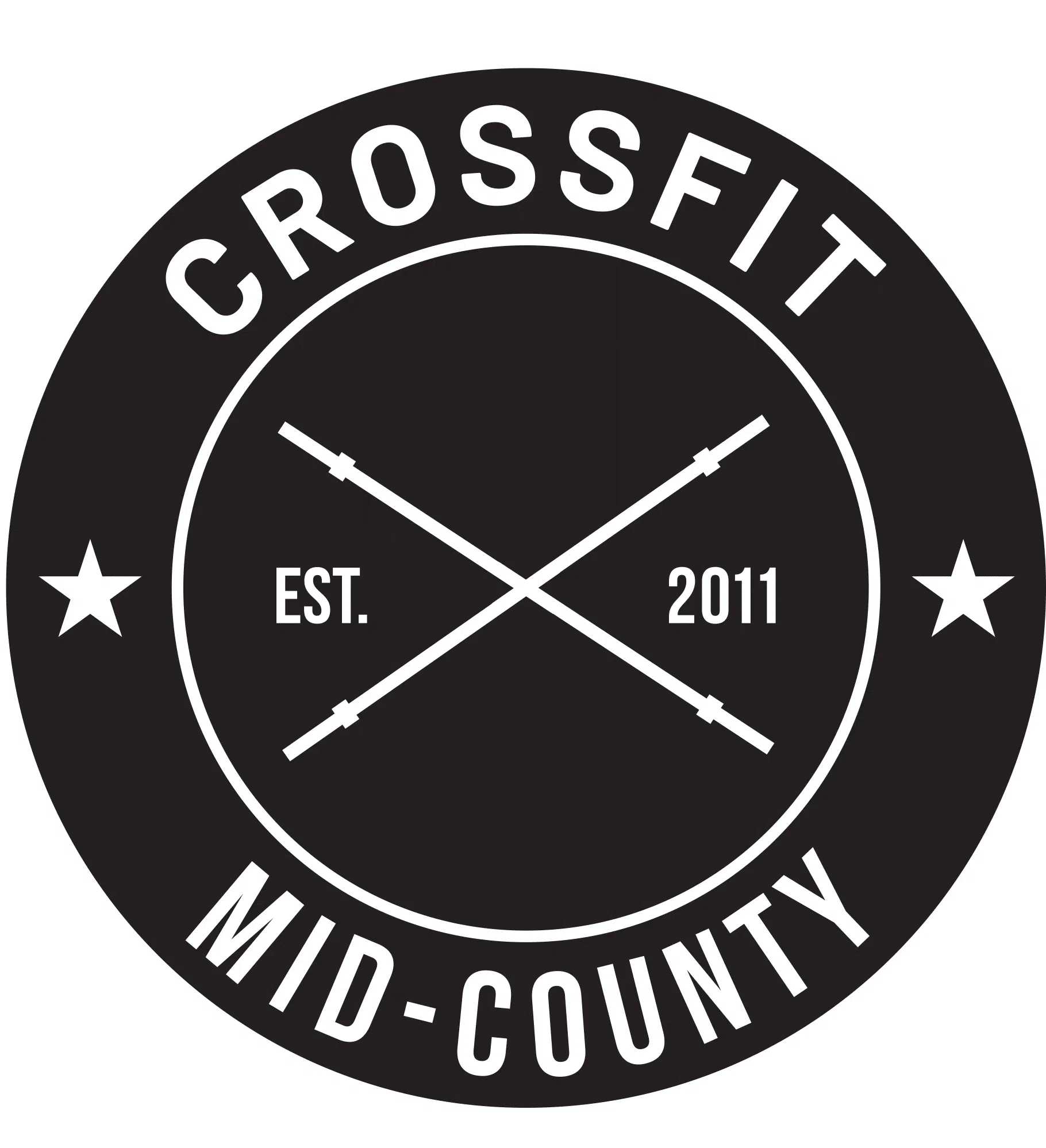TAKE YOUR FITNESS TO THE NEXT LEVEL
CrossFit
Personal Training
Nutrition Services
WHAT ARE PEOPLE SAYING
SUCCESS STORIES



GETTING STARTED IS AS EASY AS 3, 2, 1.. GO!
1. SCHEDULE YOUR FIRST VISIT below
Talk with a coach about your goals and learn how we can get you to your best self.
2. START YOUR TRAINING
You have defined your goals and you are ready to begin your journey. We will start strong by taking you through the fundamentals of training and sound habits putting you on the road to success!
3. HAVE FUN REACHING NEW LEVELS
Once you have the basics down you’ll book classes easily on our app, enjoy the workouts with awesome people and reach your goals in no time!
start
your
journey!
CLAIM YOUR FREE INTRO SESSION AND TOUR!
By submitting this form you are authorizing CrossFit Mid-County to communicate with you via email, phone, and/or SMS. Msg & data rates may apply. You may opt-out at any time.




OUR CURRENT SCHEDULE
The Best gym near me in Mid-County
WHERE TO FIND US
1815 Peterson St Nederland TX 77627
GIVE US A CALL
(409) 219-5933
ACHIEVE YOUR FITNESS GOALS
Get Started Today for FREE! No Experience Necessary!
Have Questions? We've got the answers right here!
Super simple! Just click get started anywhere here on the page to book your free intro session where you’ll get to tour the gym & meet our coaches.
We will chat about your current situation, your desired situation to see if we can help and if we are good fit for each other.
When you start at CrossFit Mid-County, your fitness level will improve quickly, usually in the first 30 days. The key to see results is consistency and commitment over time so that’s why we recommend 3 classes per week as a start!
Yes! We provide guidance on eating right or sleeping well which can help maximize energy levels – getting YOU maximum results from your efforts.
Nope! Most of our members start just like you. We assess each new members fitness level. Then our workouts are “universally scaled”, with a different version of each days workout designed for every level. As you level up you can take on more challenging variants of the workout if you desire.
We are locally owned and purpose built to make an impact on the health and happiness in Mid-County and the surrounding area.
You’re not just a number here, everyone knows your name. We’re a community of like-minded people that wants you to show up and supports each other on this journey to live better lives – with no judgement or criticism along the way!












